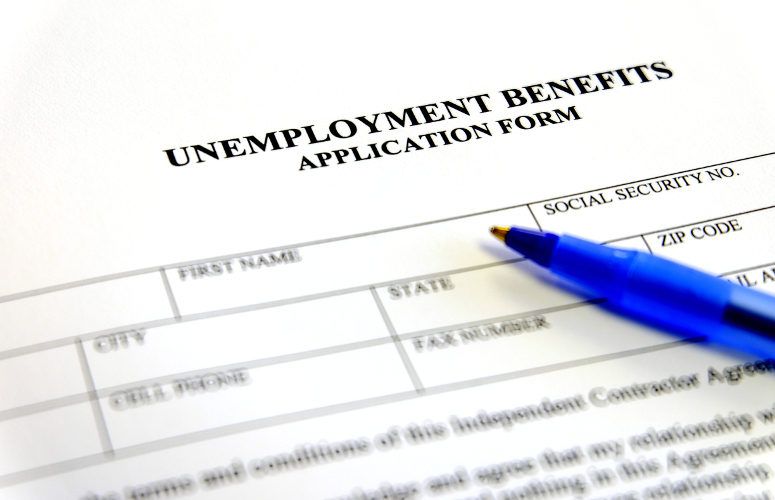
New Jersey Unemployment Rate Plunges to 4.5 Percent, Well Below National Rate
On Mar 14, 2016New Jersey’s unemployment rate plunged to 4.5 percent in January, according to data released by the United States Bureau of Labor Statistics (BLS), which also showed that Garden State employment gains in 2015 were significantly higher than initially reported with private sector employers adding 83,600 jobs over-the-year, the best year for private sector job growth since 1999.
New Jersey private sector employers have added 256,100 jobs since February 2010, recouping all private sector jobs lost during the Great Recession. The dramatic drop in New Jersey’s unemployment rate over-the-year (December 2014 – December 2015) was the steepest in the nation, falling by 1.6 percentage points, according to the BLS data.
The unemployment rate for New Jersey was consistently overstated throughout 2015, and was actually at or better than the national rate during the entire fourth quarter of last year, according to what is known as the BLS “benchmark” report, which is a required annual review and adjustment of previously released state-by-state employment data. The benchmark revisions show the state’s unemployment rate remained stable or declined each month since May 2012, and is now down by 5.3 percentage points from a recessionary high of 9.8 percent in January 2010.
New Jersey’s labor force participation rate, which measures the number of people employed or actively seeking work, remained stable for January and continues to best the national rate, 64.1 percent to 62.7 percent.
BENCHMARK REVISIONS FOR 2015
The BLS’s benchmark process, a required annual review and adjustment of previously released state-by-state employment data, re-anchors monthly, sample-based survey estimates to full-universe counts of employment, primarily derived from records of the unemployment insurance tax system. The results of the latest annual benchmarking adjustment process—conducted by BLS each year at this time for every state—show previously released employment levels for 2014 and 2015 were consistently underestimated. After benchmark revisions for public and private sector employment, the over-the-year (December 2014 – December 2015) change reveals that New Jersey’s employers added 81,500 total nonfarm jobs in 2015. The revised 2015 total nonfarm employment gain is more than the previously reported gain of 65,200 while total nonfarm job growth in 2014 was higher as well (+35,300 previous estimate vs. +46,200 benchmark estimate).
The benchmarked data show that 2015 represents New Jersey’s sixth consecutive year (December – December) of private sector job growth (2010: +7,700; 2011: +23,900; 2012: +47,300, 2013: +38,700; 2014: +47,300; 2015: +83,600).
The average unemployment rate for 2015 was revised downward. The annual average BLS data show the rate for 2015 at 5.6 percent, down from 6.7 percent in 2014.
The revised data show that over the December 2014 – December 2015 period, eight of nine major private industry sectors of the New Jersey economy added jobs while one recorded an employment contraction. The largest gains were recorded in business and professional services (+23,000), trade, transportation, and utilities (+18,600), and education and health services (+16,000). The only industry sector to contract was information, lower by 1,200.
JANUARY 2016 ESTIMATES
Preliminary nonfarm wage and salary estimates for January show total nonfarm employment contracted by 14,100 jobs, with private sector employment lower by 10,800 and the public sector down by 3,300.
Industry sectors that added jobs in January included: information (+1,800), trade, transportation and utilities (+1,000), other services (+300), and manufacturing (+300). Sectors that trimmed payrolls included professional and business services (-10,100), financial activities (-1,700), education and health services (-1,700), leisure and hospitality (-500), and construction (-200). Government employment was lower by 3,300 over the month, with decreases recorded in all three levels of government: state (-2,200), federal (-700), and local (-400).
Preliminary BLS data for February 2016 will be released on March 24, 2016.
Related Articles:





